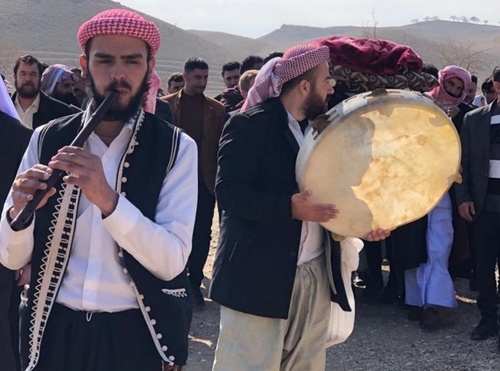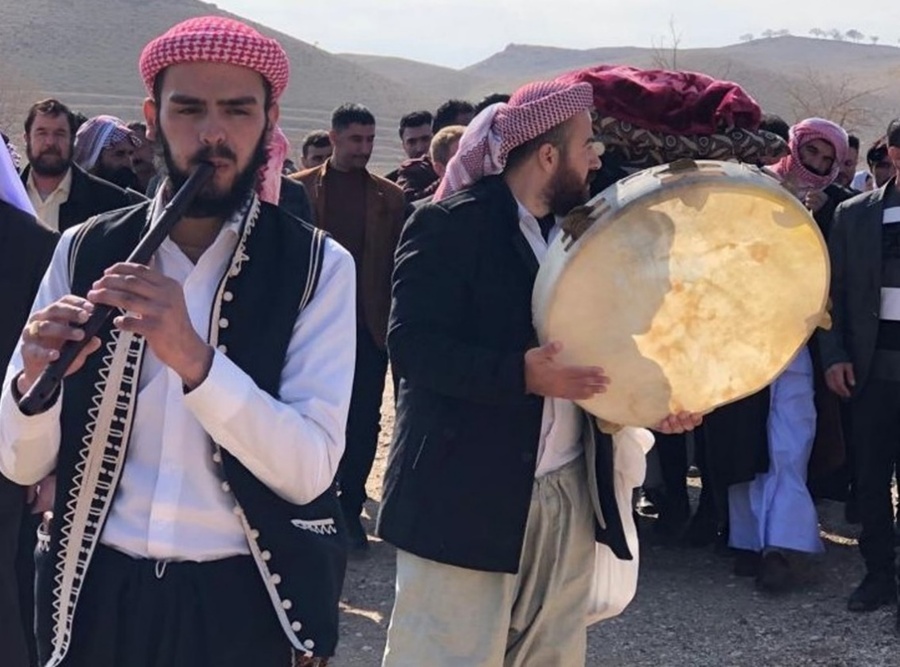Daf (Daffa)
This instrument is known by these names: Daf, Daffa, Arabana, and Dayra (small Daf).
It is one of the Kurdish percussion instruments. It is made in different sizes with a wooden bow that is made into a large ring covered with leather.
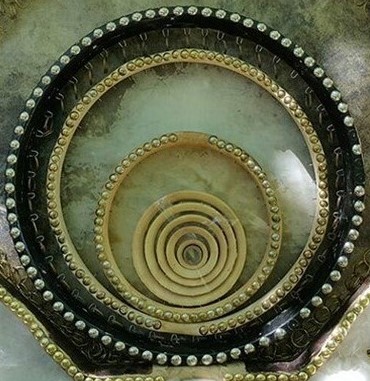
Large and Small Daffa
On the top part of the ring, there are many small rings attached to it.
This instrument is played with the fingertips of both hands.
It is a very popular instrument for Yazidis and Qaderyah Tariqat and is generally in the folklore of Kurdish music.
Daf is made of these parts:
The surrounding ring, leather, small rings, hook, and flat headnails.
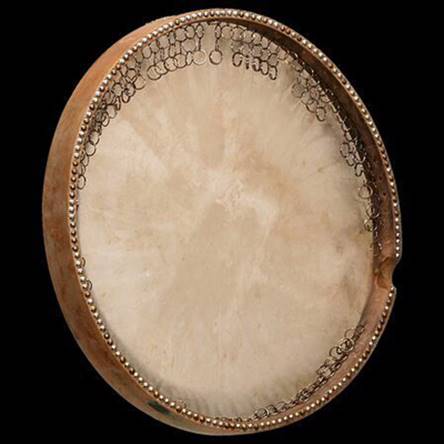
Kama (The surrounding ring)
It can be made of walnut, willow (weeping willow, goat willow...), white willow, and fig trees. Nowadays, they are also made of Russian wood or artificial ones which will be used for training lessons.
The large ring is not very wide but about 4 to 8 cm.
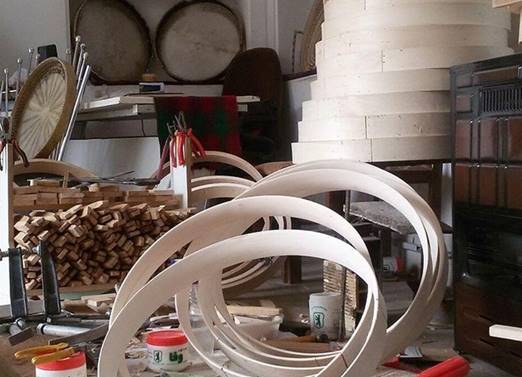
There is a dent on the large ring in order to make it easier to keep the Daf in hand while playing it. The player will put their left-hand thumb on the dent to hold the instrument.
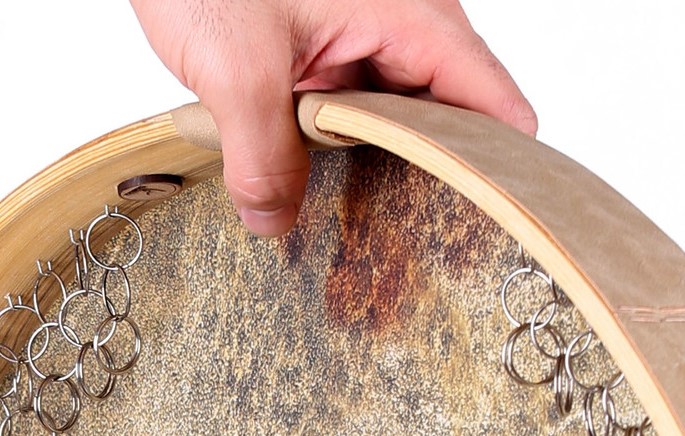
The spot where the right hand is placed
The Kama (large ring) part of the Daffa is made in different forms of one layer, two or three layers based on how skillful the master who manufactures the Daffa is.
Two or three layers of Kama are glued to each other with paste. Each Kama must be as thick as 1.5 to 4 cm.
Skillful Daffa players prefer one layer Kama.
It is necessary to make Kama firmly; it is also very important to make a complete circle out of Kama without any bumps or deviation.
The inside part of Kama is made flat so that it will echo the sound properly and prevent it from going silent.
Leather
Deer, sheep, lamb, goat, or kid is prepared and softened to cover the Kama.
The leather preparation is done in three ways:
Preparing it with "doogh and mint"
Preparing it by putting the leather in the sunlight until it goes rotten.
Preparing it with lime.
In all these three methods, the wool will be ripped off the leather in order to make it suitable for Daffa.
The thickness of the leather will affect the bass or treble quality of the sound of Daffa.

The wideness of Kama and also the firmness of the leather that covers it will affect the treble or bass quality of the sound, too.
The leather will cover the Kama and will be pasted on it.
Nowadays, instead of leather, they also use plastic covers. New tools are being used to make the plastic stretch over Kama and cover it.
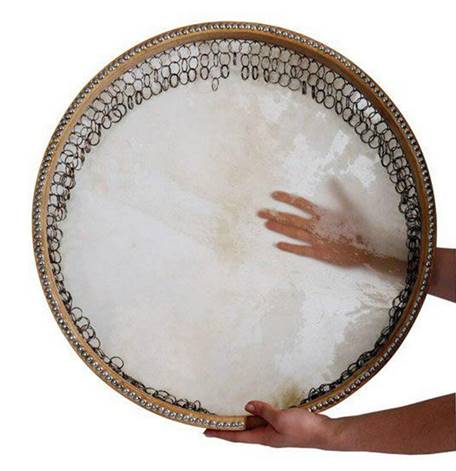
Plastic Daffa
This type of Kama is a new form of the old ones and it can be used for both leather or plastic Daffas.

Hook
The hooks are made of iron, copper, or any mineral metal. They are firmly attached to the inside part of the Kama all around the large ring at equal distances.
The hooks are nailed into the Kama for 3 mm.
In the past, the hooks were sticking out of the Kama on the outside of it and then they were bent down.
Generally, the hooks have a round end so that the little rings can be hung on them.
These hooks are as far as 1.5 to 2 cm.
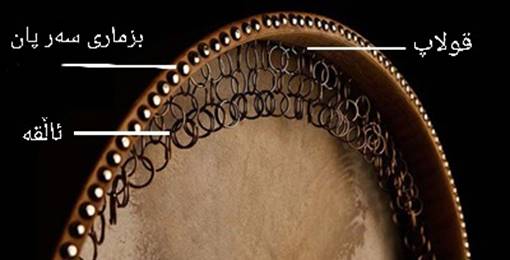
There is another hook on the outside of Daffa to hold the strip of the instrument so that the player can hold it more easily.
This was used in the past, but nowadays, since the Kama is made narrower it cannot hold this hook.
Ring
They are made of brass, copper, or other metals.
In the past, copper rings were more popular. While playing the Daffa, these rings make a noise that will combine with the sound of the leather.
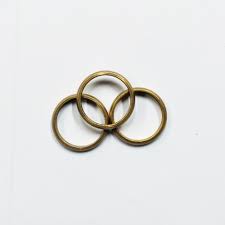
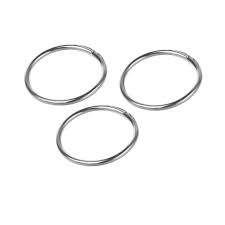
One hundred hooks are attached to the inside part of the Kama and each of these hooks will hold four small rings. Nowadays, however, fewer rings are being used.
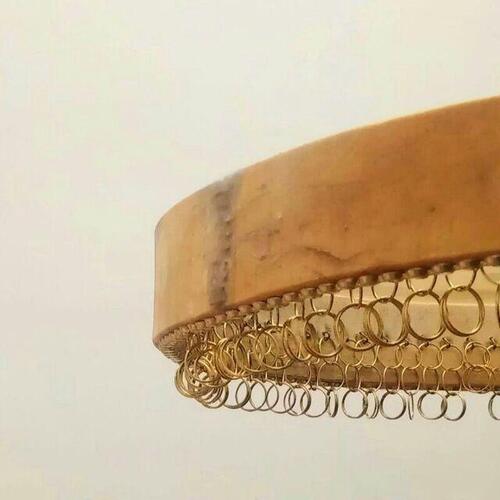
Flat head nails (Thumbtacks)
They are nailed into the outside part of Kama to hold the leather on Kama.
Since the leather will go folded or curled on the sides when it is getting dried, they nail these thumbtacks to make the leather stay on the Kama perfectly.

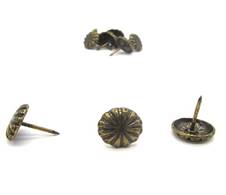
Plastic Daffa does not need these tacks but fabrics or decorating ribbons are used instead.
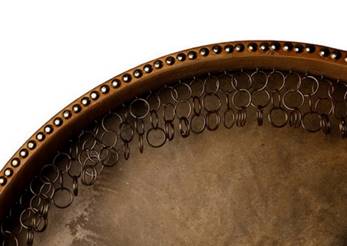
In the Yazidi Region, they attach four rings to the Kama.
The Kama of Daffa is wide without any rings. This instrument is known as Shangali Daffa (Sanjar Daffa).
